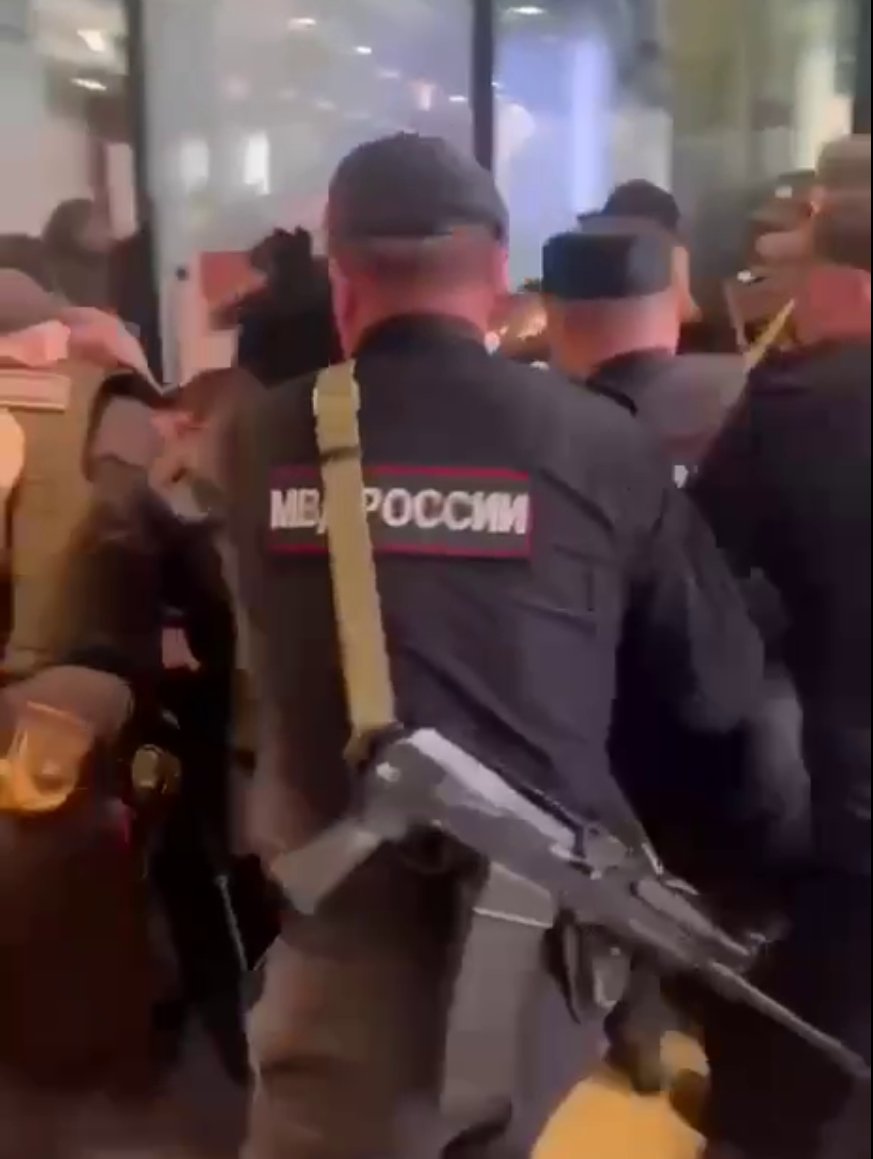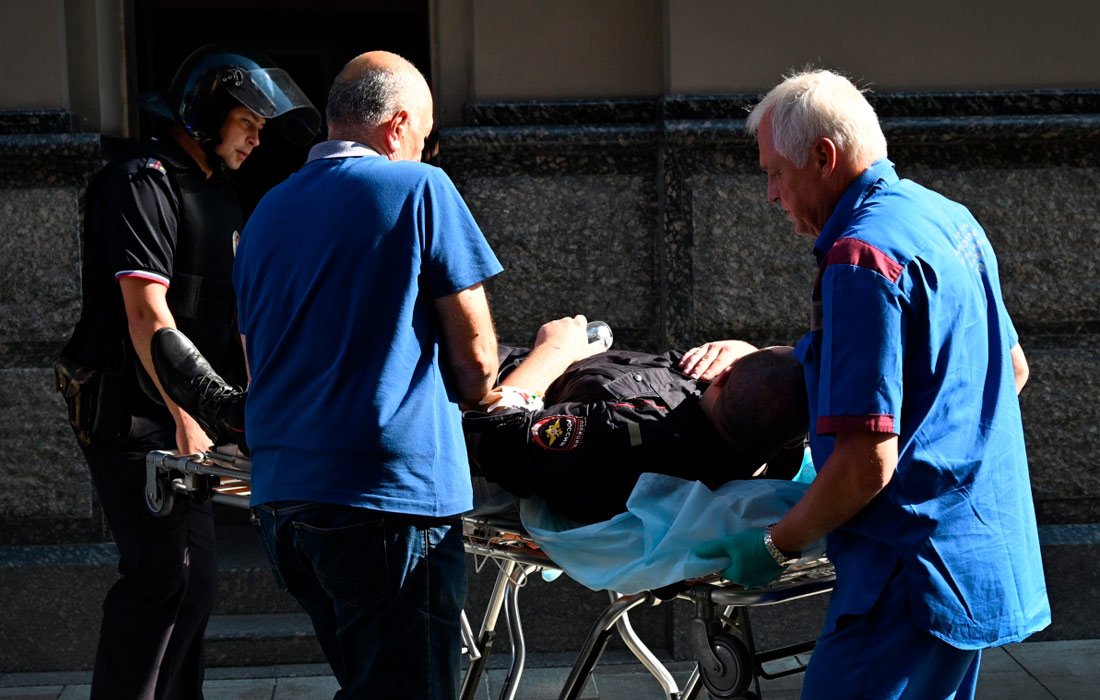The attack on the Wildberries office in Moscow is the first sign of a future trend in Russia. An attempt to forcefully enter the central office of the largest Russian marketplace with gunfire and fatalities 350 meters from the Kremlin. "At least two people were killed and
1/12
1/12

seven were injured during an attempt by Wildberries co-founder Vladislav Bakalchuk, with the forceful support of MMA fighters close to the head of Chechnya, to enter the main office of the marketplace. The conflict in Moscow was caused by a clash of interests between Ramzan
2/12
2/12

Kadyrov and Senator from Dagestan Suleiman Kerimov. The conflict between the divorcing Bakalchuk spouses went beyond the family and was divided into groups related to the North Caucasus: the so-called "Dagestani" group, sponsored by Kerimov, and the "Chechen" group,
3/12
3/12

behind which stands Kadyrov. Around midday on September 18, Wildberries co-founder Vladislav Bakalchuk, accompanied by security guards and mixed martial artists, attempted to enter the company's Moscow office in the Romanov Dvor business center, but was stopped by security.
4/12
4/12

The center itself is located 500 meters from the Kremlin. According to eyewitnesses cited by the Beware, Moscow channel, a group of men in civilian clothes who drove up to the building looked like ordinary visitors waiting for someone at the reception. At some point, they
5/12
5/12

suddenly ran and began to break down the doors of the central entrance, after which shooting began, the beginning of which was captured on video. Everything lasted about three to four minutes. The marketplace employees barricaded themselves and hid under the tables at that
6/12
6/12

time, and after the shooting died down, they began to get out through the back door," writes Kavkaz.Realii. Such showdowns in the style of the 90s will now happen more and more often in Russia. A depleting budget, a struggle for influence and power, and most importantly -
7/12
7/12

a complete lack of a working law. Now the right of the strong has been elevated to the main policy of the country, and more and more people with weapons and experience are returning from the front. Even if only in filming TikTok videos, but to attack unarmed business
8/12
8/12

competitors, you do not need to be a special forces soldier. The main thing in this attack is that this is not just a raid on someone's business, here the interests of members of power of two neighboring and very explosive republics of the North Caucasus collide. "Kerimov's
8/12
8/12

political weight is quite comparable to Kadyrov's. But the main thing in Putin's eyes is different: Kerimov is doing his own thing, and Kadyrov is trying to climb into someone else's clearing. Kadyrov's Polyana, in the Kremlin's view, is Chechnya, all Chechens in Russia and
9/12
9/12

abroad, and the supply of "meat" for the "SMO". No one appointed him as an arbitrator in commercial showdowns," expert Sergei Zhavoronkov points out. Kadyrov, said that he would "go to the end" in this conflict. Vladislav Bakalchuk was detained. Attacks
10/12
10/12

like the one in Moscow will only happen more often. There is no law in Russia and the law of the strong decides everything. The same situation is in Chechnya. There are many people who are ready to do anything they are asked for money and who are ready for violence.
11/12
11/12

Source: https://www.kavkazr. com/a/kadyrov-protiv-kerimova-na-chjey-storone-putin-v-konflikte-vokrug-wildberries/33125960.html
12/12
12/12

• • •
Missing some Tweet in this thread? You can try to
force a refresh






















